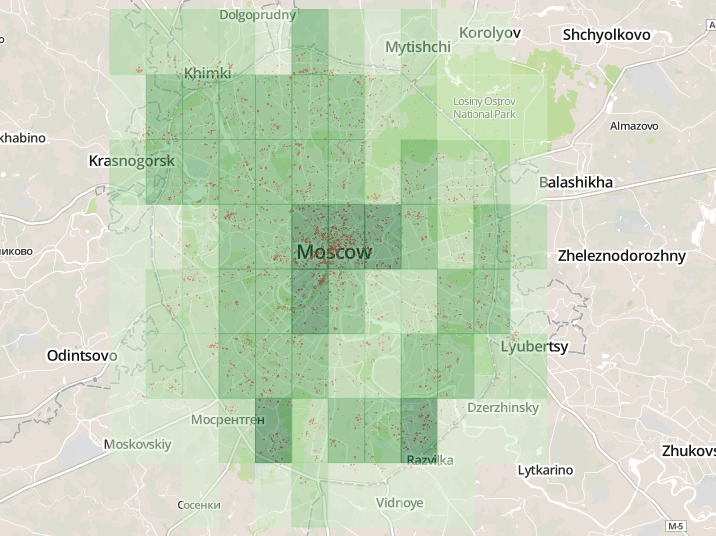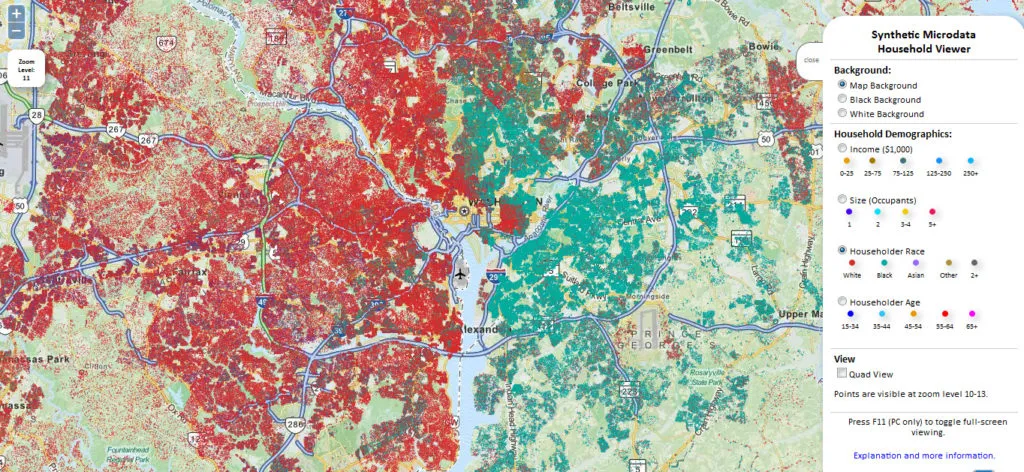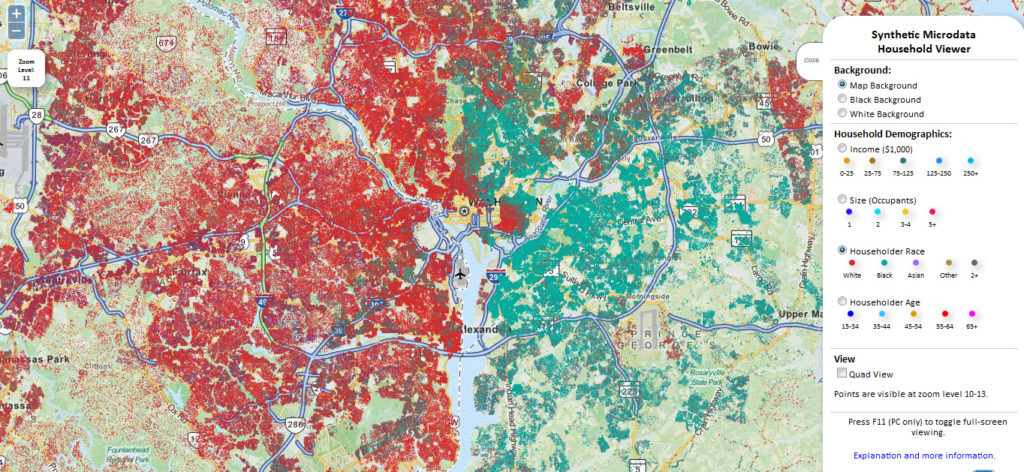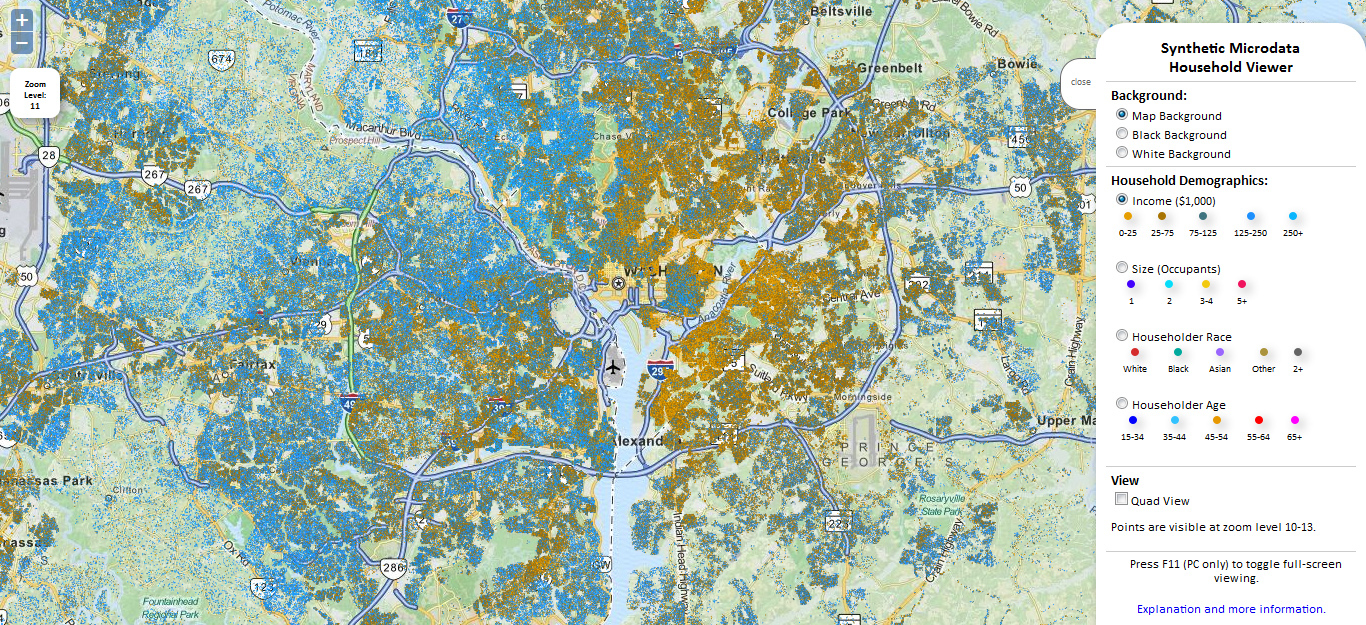
Interview with Alex Polyakov – Co-Founder of Locomizer – start-up which believes that our location = our identity
 Recently, I had a pleasure to talk to guys from Locomizer – UK-based start-up which believes it will make many based on a simple idea – our location = our identity. Below you can read the outcome of my conversation with Alex Polyakov – Co-Founder of Locomizer.
Recently, I had a pleasure to talk to guys from Locomizer – UK-based start-up which believes it will make many based on a simple idea – our location = our identity. Below you can read the outcome of my conversation with Alex Polyakov – Co-Founder of Locomizer.
Hello Alex, thanks for talking to me today.
Hi Aleks, thanks for having us.
What is Locomizer?
UK based Locomizer is an enterprise location analytics company, which was recently named by Mashable as one of the top 25 startups in the UK. Their world’s first Audience Discovery Engine powered by Biology-inspired proprietary algorithm creates highly-targetable user interest profiles by identifying user behavior patterns from location updates (directly from mobile phones or via mobile apps). This enables their enterprise customers to uncover the right audience for the right targeting, resulting in higher mobile marketing ROI along with increased conversion and engagement rates.
The business ecosystem you operate at is quite complex. Where in the value chain of AdTech are you?
In the Adtech, we are positioning ourselves as a data management platform (DMP). Locomizer helps make sense of big location data. We translate mobile phone user behaviour such as location history into distinctive interest profiles, making them ideal for relevant targeting. Our solution enables marketers to create highly targeted, premium ads that drive higher marketing ROI. Simply saying, we can answer the question of “WHO TO TARGET?
What is your business model? Is the market mature enough for Locomizer?
 There are several revenue sources for us. As a DMP, we will make money by taking a revenue cut from each targeted ad delivered by using our insights about customer or location. We are also going to provide paid API-based access to our Geo-Behavioral Interest Graph, an aggregated view of footfall traffic by interests and time. Imagine that you will get a detailed, rich, contextual knowledge of any given place by hour, day, week or month. As the result, you will be able to make a decision of “WHEN AND WHERE TO TARGET YOUR AUDIENCE.”
There are several revenue sources for us. As a DMP, we will make money by taking a revenue cut from each targeted ad delivered by using our insights about customer or location. We are also going to provide paid API-based access to our Geo-Behavioral Interest Graph, an aggregated view of footfall traffic by interests and time. Imagine that you will get a detailed, rich, contextual knowledge of any given place by hour, day, week or month. As the result, you will be able to make a decision of “WHEN AND WHERE TO TARGET YOUR AUDIENCE.”
What is your competitive advantage over other companies in that area like Placed, PlaceIQ or Factual?
There are several points I would like to lay down to answer your question:
1. We extract customer interests based on primary activities at visited locations and/or from the context of activities associated with these and all other location points visited by the person.
2. We extract customer interests equally well from very accurate and inaccurate (up to 800m accuracy) location data.
3. We extract customer interests from incomplete location history (based on the context of activities associated with the known location points).
4. Our scale of interests is much more granular (one location point -> interest scores to all activities) and richer (it includes the repulsion part, i.e. negative interest to activities, which people tend to avoid). Hence, our profiles are much more accurate and precise.
5. Our profiling is privacy proof, i.e. locomizer’s interest profiles can be transferred and/or exchanged safely with third parties.
6. Our profiling is real-time and objective: there is no human indexing (judgement) involved.
7. Our solution is inspired by Nature and has an inherent meaning in contrast to correlation analysis and machine learning techniques.
 Your approach seems to very interesting. Tell us something more about your biology-inspired algorithm.
Your approach seems to very interesting. Tell us something more about your biology-inspired algorithm.
Backed by more than 10 years of scientific research on spatial pattern formations in mixtures of cells, Locomizer has developed a proprietary, Biology-inspired algorithm that is superior to existing machine-learning and data mining approaches because it is designed by the Nature itself. Nobody understands better than us how to apply Biology to explain and predict human behaviour around places. For more, please see above.
Locomizer seems to be very promising location-based start-up. You are in two start-up accelerators, you’ve got your first round of funding. In which place are you right now?
We have finished our engine’s beta version and actively running several pilots with limited partners and prospect clients to validate the technology in the real-life conditions.
You’ve manage to transform you idea into business. Please give some hints to our Geoawesome readers who would also like to transform their ideas into real-life project.
There is no magic formula really. You need to believe into what you are doing – determination, determination and determination. You will surely go through some moments of despair when nothing seems to work and you will not pull through it if you do not believe into your idea, yourself or team. Of course, for the first-starters getting into the incubation program should be very helpful as they will get mentors and tools that will help turn the idea into ready-to-launch product.









